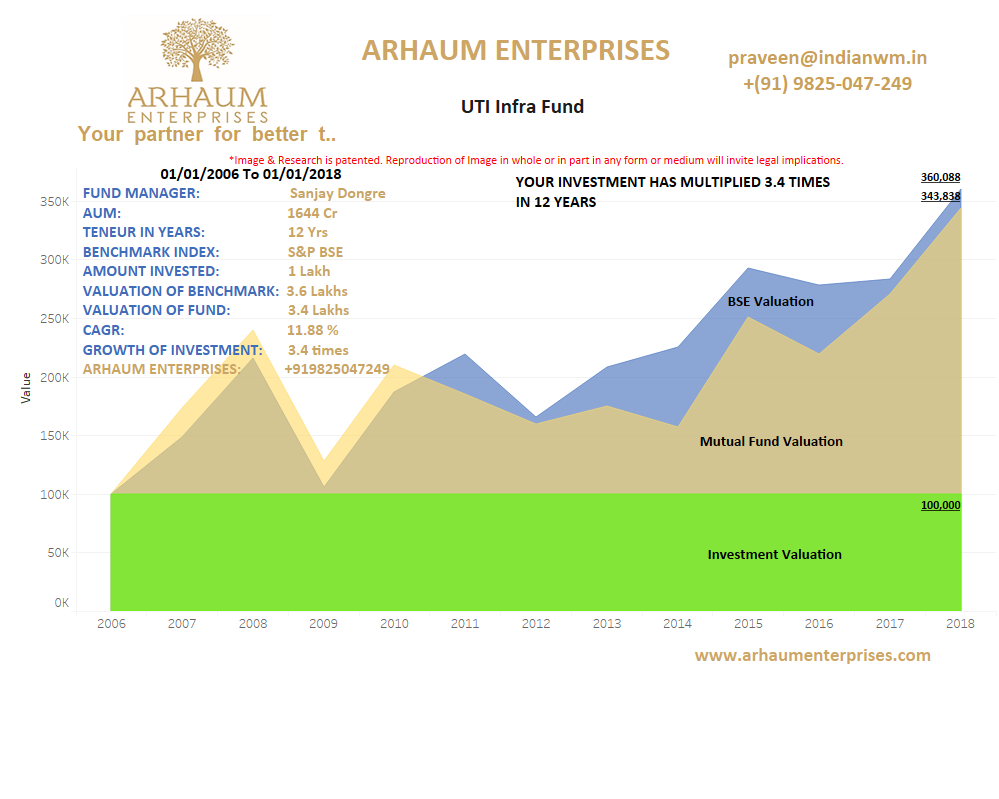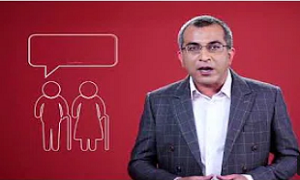Source/Contribution by : NJ Publications
This is one of the most common questions that the investors in their late 50’s, about to retire in the next few years, have. One of the fundamental concepts of investing is keeping the portfolio allocation bent towards equity when the investor is young and as he/she grows old, debt should occupy a major share of the Portfolio. However, it is seen that many investors take the concept to extreme levels by liquidating their entire equity portfolio and converting it to 100% debt, when their retirement approaches.
Is this the right thing to do?
Certainly Not.
This is not the right thing to be done, a balance needs to be maintained at all times, debt can control your risk, but it cannot grow your money. And you still have a third of your life, nearly 30 years lying ahead at the mercy of your retirement corpus. After all you have to plan for yours as well as your spouse’s lifestyle maintenance for all those years.
So, what is the ideal Debt Equity allocation for retirees?
The answer to this is there is no specific allocation, it depends on the Retiree’s financial position, Health and Risk tolerance levels. Say for instance, a retiree not having a source of regular monthly income, a traditional endowment policy in the name of insurance, only the Retirement corpus to bank upon for the rest of his life, it may not make sense for him to invest largely in equity or any other product which is risky in nature, because his principal need would be regular income and providing for emergencies. So, ideally this investor must be keeping a significant portion of the Portfolio in Debt so that the risk remains controlled, and he is able to meet his needs without the tension of losing the principal.
While bifurcating your portfolio between Debt and Equity, you must remember, that about the debt part along with Risk Control, Liquidity is also important. You’ll be needing money for your regular income needs, plus there will be sudden expenses, like paying for AC repair, buying a new washing machine, buying an expensive wedding gift for your niece, helping an old friend in need, and the like. The remainder of your Portfolio can be directed towards wealth creation products like Equity mutual funds because there is a long period ahead and Equity’s potential along with the power of compounding will work to push up the returns. Also, you must note that, when you use your debt investment, it’s important to refill the safe investment bucket, from time to time, so that you have ample liquid and risk free money to last throughout your life.
The percentage allocation to Debt and Equity varies from person to person, it depends upon your financial position and various other factors, like if a retired person living in his own house, is getting a monthly pension, has a decent emergency fund, adequate medical and term insurance can consider investing a large part of his Portfolio in Equity since he has his expenses as well as risks covered.
You can sit with your advisor, and discuss with him your finances, your unique needs, your risk appetite and arrive at your ideal allocation between Equity and Debt. Further there are two approaches to maintaining your ideal asset allocation. You can have a fixed Debt Equity asset mix like 80:20 or 60:40 or 40:60, and keep rebalancing your Portfolio, to bring it back to the model Portfolio. Another approach is you can start with a portfolio with a higher allocation to Equity, since retirement may last for few decades, you can have a fair amount of Equity in the early stages and as you age, you can gradually bring down Equity and invest in debt, so may be when you reach your mid 70’s, you can settle for a fixed portfolio.
Investing in balanced funds can also be considered, for maintaining the ideal asset allocation.
So the bottomline is, the general rule of increasing your asset allocation to debt when you are growing old, may or may not apply to you. It really depends upon a number of factors that is your unique circumstances. So, consult your financial advisor and devise your financial plan to ensure maximum peace in your second innings.



